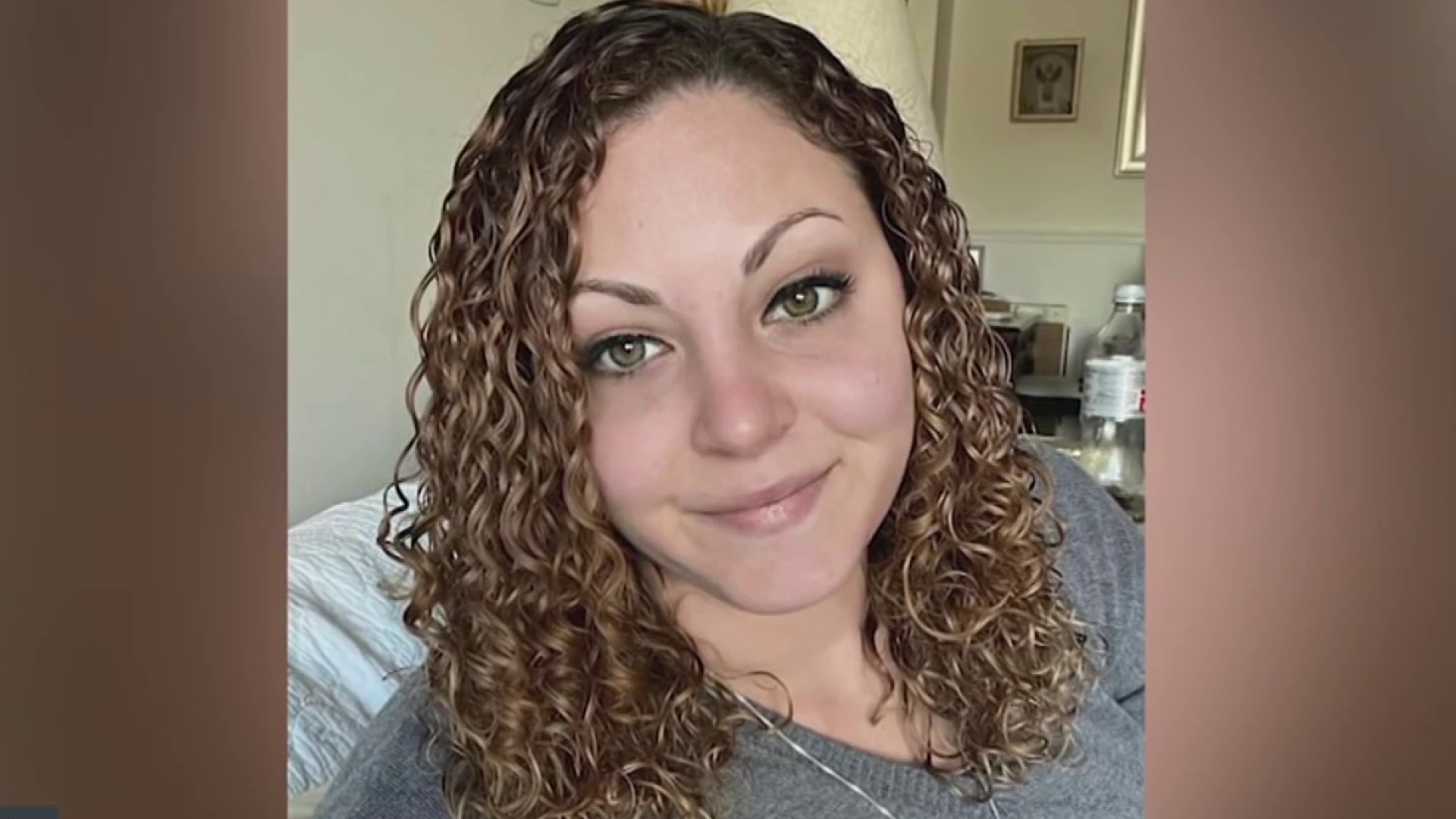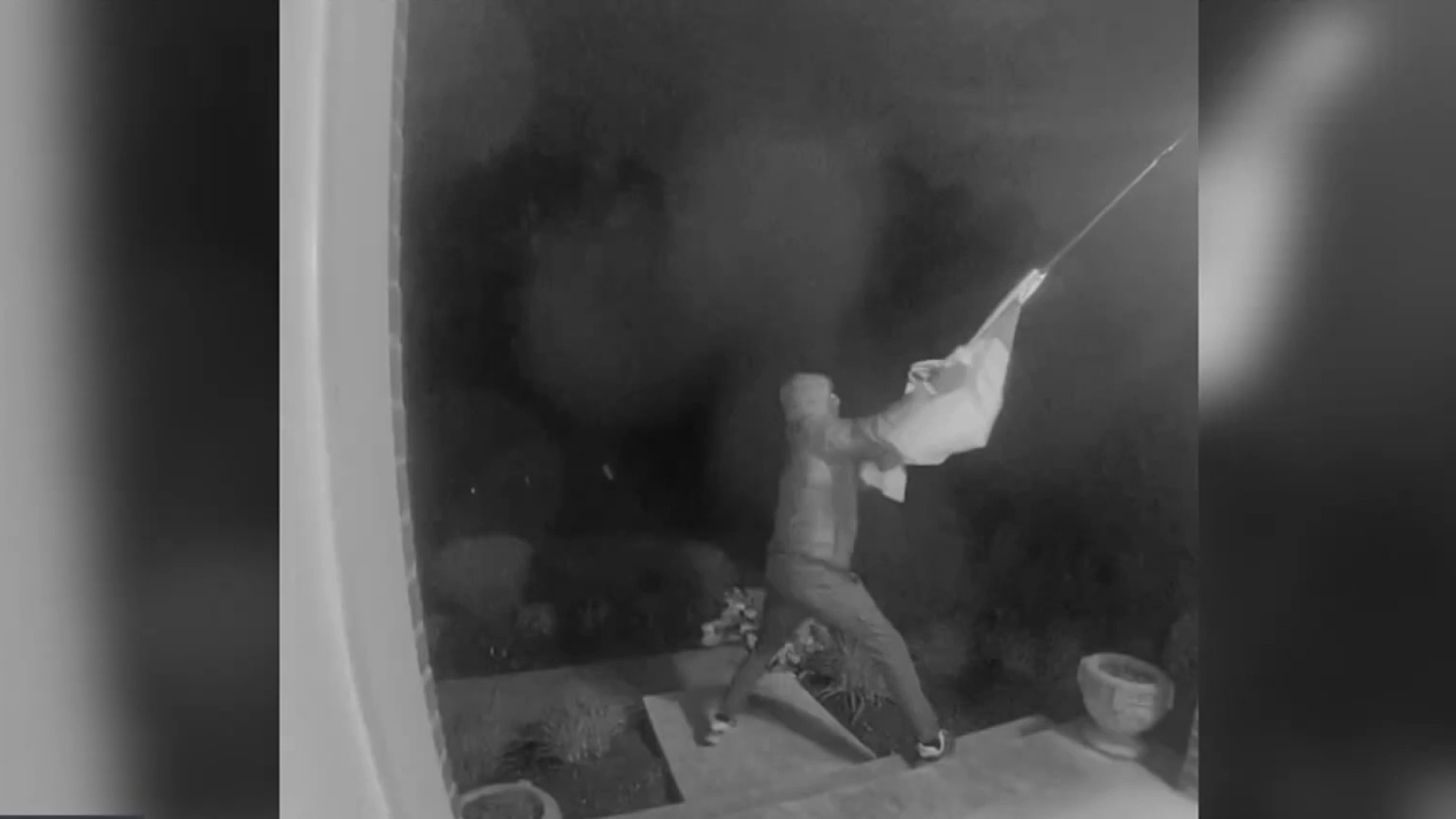Anthony Boston is a proud father with a distinction he wouldn’t wish on any parent.
“I was the last one to see my child alive,” he said, describing a cold night in January 2009 when he put his infant daughter Malia to bed.
Malia’s mother, Wanda Kamara, sat next to Boston and clutched his arm as they recounted some of their most precious memories of their daughter. Kamara loved Malia’s lips. Boston marveled at the beauty of his daughter’s eyes. Both talked about how they had been excited to have a second child together.
“I had a false sense of security because I’ve done this before,” Kamara said. “We never saw anything coming.”
What came was the shocking discovery of Malia, face down, not moving or breathing when Boston went to wake her the next morning.
“I was like, ‘Oh my God,’” Boston remembered. “I touched her and she was like ice.”
He called 911, while Kamara started CPR.
Local
Washington, D.C., Maryland and Virginia local news, events and information
“She went to pick her up, and her head just fell back,” Boston said, tears welling in his eyes. “I knew then,” he said, alluding to what neither wanted to admit to themselves at the time. “I was just, I felt helpless. That’s it, just helpless.”
Paramedics arrived. The family, including their 5-year-old daughter, rushed to the hospital. Doctors put Malia on life support, but just a short time later, the doctors told Boston and Kamara their daughter was gone.
“If they say that’s the bottom,” Boston said, “That’s it.”
“I immediately felt guilty,” Kamara said. “I said, ‘Well, this has to be my fault.’ I couldn’t understand what happened. It didn’t make any sense.”
The Maryland Medical Examiner ruled Malia’s death Sudden Infant Death Syndrome, or SIDS, the government’s classification for when a baby’s death “cannot be explained after a thorough investigation.” SIDS falls under a broader category called Sudden Unexpected Infant Death, or SUID.
A News4 I-Team analysis found SUID cases in Anne Arundel County alone have jumped from two deaths in 2015 to eight deaths so far in 2016.
Statewide, the I-Team found the most recent data from 2014 reported 50 SUID cases. That’s 28.1 percent of all the infant deaths that year, making SUID the leading cause of infant deaths in Maryland for the first time on record.
The I-Team also reviewed Child Fatality Review Team records in Virginia, which reported another 24 SUID and SIDS-related deaths in 2014.
The D.C. Office of the Medical Examiner reported an additional 19 SUID and “undetermined” infant deaths for that same year.
“It truly does happen to everybody,” said Anne Arundel County Deputy Health Officer Dr. David Rose, who helps lead the county’s efforts to educate parents and caregivers in light of the recent spike in SUID deaths.
“A portion of these [cases] are sleep-related,” Rose said of this year’s SUID reports. “Meaning it occurred during a sleep period and are related to how or where the infant slept.”
“Most of these are due to accidental causes," he explained, "so things like strangulation, where something is laying across the neck or wrapped around the neck of the of the infant; or a blocked head, where the child's head is trapped between, say, the mattress and a wall and can't breathe.”
Boston and Kamara said while they did put Malia to sleep in a full-sized bed next to her older sister, investigators couldn’t definitively point to the sleeping environment as the cause of death. They said they’d placed Malia on her back, with no excessive bedding or blankets around her. The parents also said doctors found Malia had “a touch of pneumonia” before she died.
“They put it in [the SIDS] category because they couldn't say what definitely did it,” Kamara explained.
Anne Arundel County is now pushing a new educational campaign, promoting the “ABCs of Safe Sleep:” Putting an infant to sleep alone, on his or her back, in a safe and uncluttered crib.
The American Academy of Pediatrics also recently updated its guidelines on safe sleep environments for babies, which includes the additional recommendation that parents and caregivers sleep in the same room in which an infant’s crib is placed.
“Sharing the room with a parent has been found to be important,” Dr. Rose said. “Particularly within the first six months of life when the risk of SIDS is much higher."
Centers for Disease Control figures show the death rate for black infants compared to white infants has remained persistently high over the past decade, but Rose said his county’s educational push also seeks to combat the perception that SUID and SIDS cases only impact young parents of color without access to a crib.
“These unfortunate situations can happen across socioeconomic backgrounds,” said Rose. “So it's very important for all caregivers, regardless of their state, to be aware of safe sleeping practices.”
Boston and Kamara are now involved in local educational efforts through support groups like the University of Maryland’s Center for Infant & Child Loss, which they credit for helping them through their darkest days following Malia’s death.
“Nobody should ever have to lose a child,” Kamara said. “Everyone deserves a chance to prevent that from happening.”
Kamara and Boston said they grappled over whether they should have another child but are now grateful they decided to let their family grow. They now have another son and daughter.
But they said they constantly think about what kind of child Malia, who would be 8 years old today, could have grown into.
“I don’t hide my emotions about it. Why should I?” Boston said while struggling to fight back tears. “I do this to represent all people like me, fathers like this that don’t get to say these things. I miss my daughter. I would give anything, and I mean anything, for her to be here.”
Reported by Tisha Thompson, produced by Ashley Brown, shot and edited by Steve Jones, with additional shooting by Jeff Piper.



